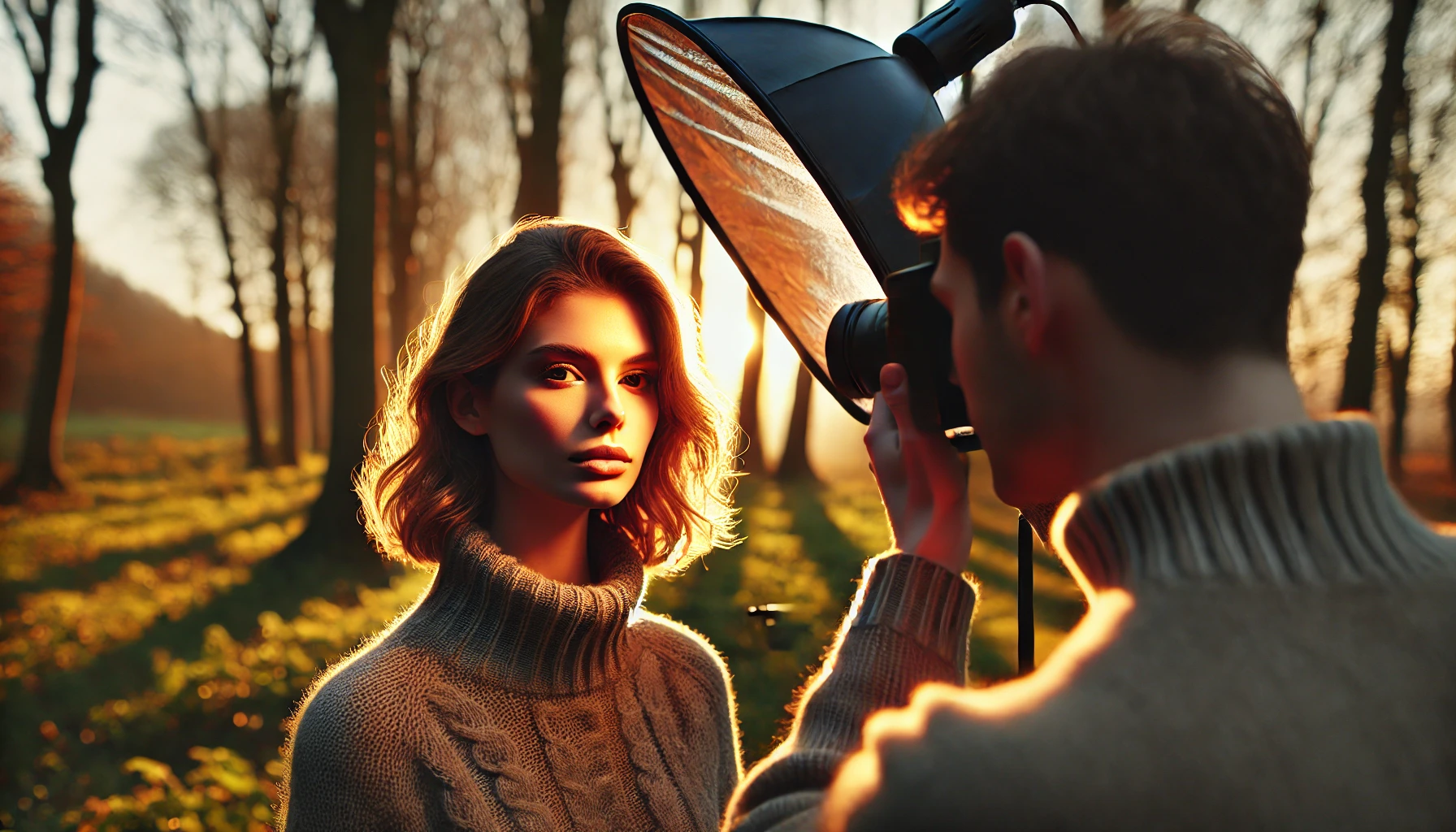Natural light is one of the most versatile and accessible tools in photography. Learning to work with sunlight effectively can elevate your photos, whether you’re shooting portraits, landscapes, or still life. Here’s how to harness natural light to enhance your photography.
1. Understand the Quality of Light
Natural light changes throughout the day, affecting the mood and tone of your photos.
- Soft Light: Found during golden hour (early morning and late afternoon), it creates warm and flattering tones.
- Harsh Light: Midday sunlight produces strong shadows and high contrast, ideal for dramatic effects.
Pro Tip: Overcast days provide diffused light, perfect for even exposure.
2. Position Your Subject
The direction of light plays a crucial role in shaping your subject.
- Front Lighting: Illuminates the subject evenly, reducing shadows.
- Side Lighting: Adds depth and texture to the scene.
- Backlighting: Creates silhouettes or a glowing rim effect.
Pro Tip: Use reflectors to fill in shadows when shooting in uneven light.
3. Use Window Light
Indoor photography can benefit from natural light streaming through windows. Position your subject near the window and adjust curtains to control intensity.
Pro Tip: Place a diffuser over the window for softer light.
4. Leverage Golden Hour
Golden hour offers soft, warm light with long shadows, making it a favorite among photographers. Plan your shoots around this time for stunning results.
Pro Tip: Use apps like Sun Seeker to track golden hour times.
5. Control Exposure
Natural light can be unpredictable, so use your camera’s manual settings to maintain control. Adjust ISO, shutter speed, and aperture for the best results.
Pro Tip: Use a polarizing filter to reduce glare and enhance colors in outdoor shots.
6. Experiment with Shadows
Shadows can add drama and creativity to your photos. Use patterns from blinds, leaves, or other objects to create unique effects.
Pro Tip: Adjust the angle of light to change the shadow intensity and shape.
Checklist for Using Natural Light
- Are you shooting during the best lighting conditions?
- Does the light direction complement your subject?
- Have you adjusted your camera settings for proper exposure?
Natural light is a powerful and dynamic resource in photography. By observing how it interacts with your surroundings and experimenting with different techniques, you can create captivating and authentic images.
